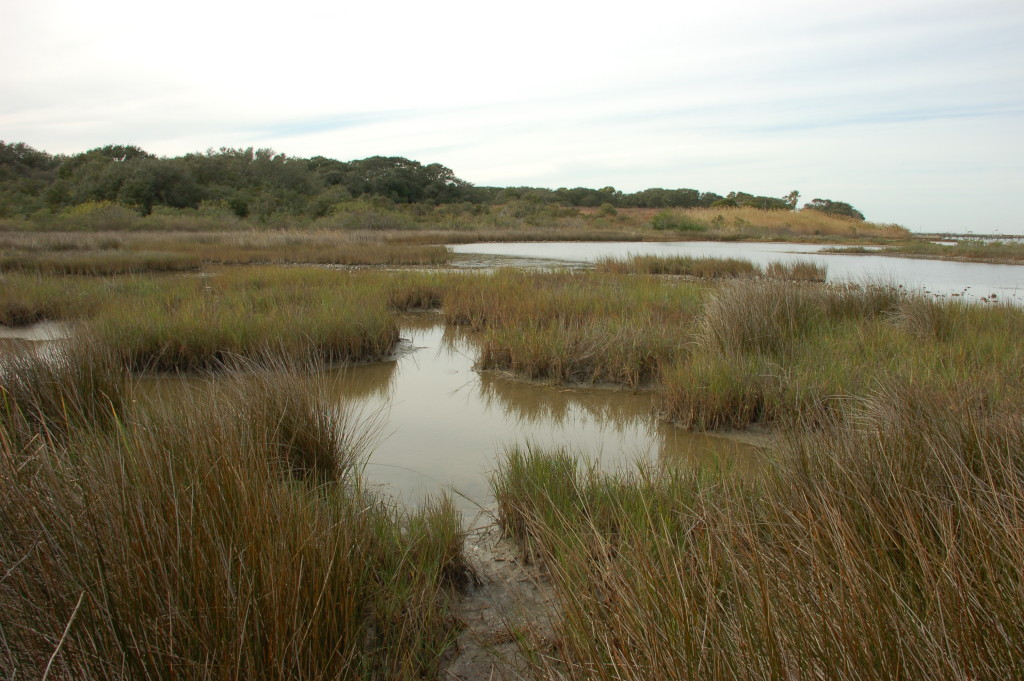 Sea level rise (SLR) will almost certainly significantly impact Gulf Coast wetlands in the next century. The 5th Assessment Report of the Intergovernmental Panel on Climate Change (IPCC, 2014) states that it is “extremely likely that human influence has been the dominant cause of the observed warming since the mid-20th century”. Additionally, depending on the representative concentration pathway (RCP) scenario for climate modeling simulations, global mean sea level rise for 2081-2100 will likely be between 0.26 meters and 0.98 meters (0.85 feet to 3.2 feet). To model what sea level rise might look like for you, check out NOAA’s Sea Level Rise Viewer.
Sea level rise (SLR) will almost certainly significantly impact Gulf Coast wetlands in the next century. The 5th Assessment Report of the Intergovernmental Panel on Climate Change (IPCC, 2014) states that it is “extremely likely that human influence has been the dominant cause of the observed warming since the mid-20th century”. Additionally, depending on the representative concentration pathway (RCP) scenario for climate modeling simulations, global mean sea level rise for 2081-2100 will likely be between 0.26 meters and 0.98 meters (0.85 feet to 3.2 feet). To model what sea level rise might look like for you, check out NOAA’s Sea Level Rise Viewer.
These SLR ranges would have very negative effects on the distribution of estuarine salt marsh wetlands along the Gulf Coast, and on the fisheries dependent on these wetlands. While these impacts might seem far off, land use changes occurring in the next few decades could have a very large impact on whether sufficient estuarine wetlands survive to both support existing fisheries and maintain water quality of coastal estuaries.
| This review is limited to non-deltaic estuarine wetlands only, where natural accretion is usually less than existing sea level rise. Sedimentary accretion is a much greater factor in deltaic wetlands, particularly those of the Mississippi Delta. |
| This review is also limited to sea level rise impacts only, although there are additional impacts on coastal wetlands associated with climate change that could be considered – for example, increases in tropical storm intensity and frequency (Michener et al., 1997). |
Click on the following links to learn more: Federal Policy Framework and State Policy Framework



